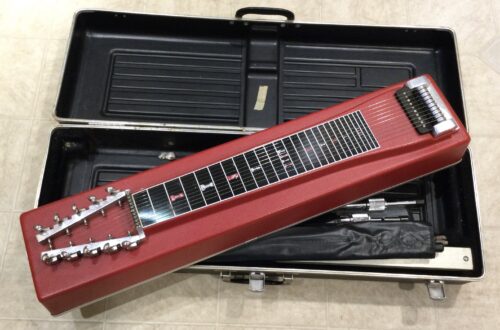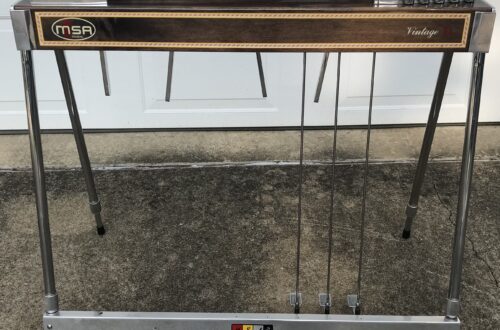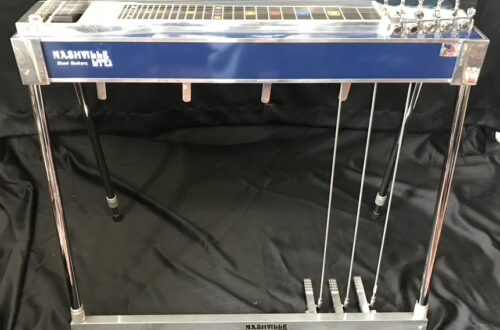Have you played a pedal steel guitar other than your own and noticed it feels a little different? There are many little things that can make a guitar feel different, pedal and knee lever travel, how fast the changes activate, Emmons or Day setup and of course the copedant used.
I play an old MSA classic steel guitar and like how consistent it is from day to day. MSA made a lot of these guitars in the1970’s. I don’t know how many but I’m sure I would be surprised at the number. The guitars were sold with an MSA owner’s manual and unfortunately it seems many of the manuals got lost, thrown away and generally didn’t survive. These manuals were fantastic because they showed in detail how to set up and make minor changes to your MSA pedal steel guitar.
I don’t have an original manual for my MSA Classic, if you have one you don’t need please contact me!
Adjusting the Pedal Feel on an MSA Classic :
The “feel” of the pedals on an MSA Classic steel guitar can be adjusted by moving the ball joint mounted on the pedal to one of the 2 mounting holes. If you want to increase the amount of pedal travel, move the ball to the upper hole closer to the the pedal bar. To decrease the amount the pedal moves, mount the ball in the lower hole which is farther from the pedal bar. Here’s a page from an MSA Classic Owner’s manual:
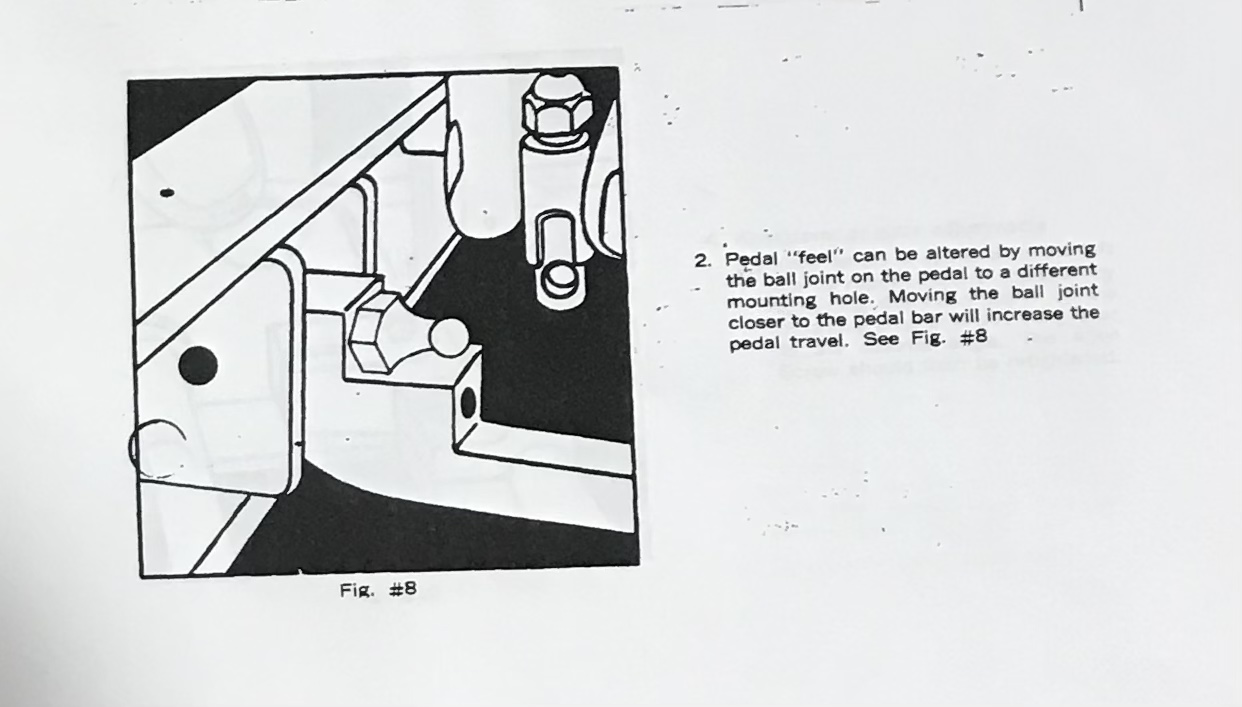
To adjust the pedal height (from the floor), simply move the receiver on the end of the pedal rod up or down a few turns in the direction you want to go with the pedal. Many players prefer the “B” pedal to be a little lower than the “A” pedal so it’s easier to squeeze the A pedal in. On the C6 neck I like to have pedal 5 higher so it’s easier to find and pedal 6 just a little lower because they are often times used as a combination. Here’s a page from an MSA Classic owner’s manual:
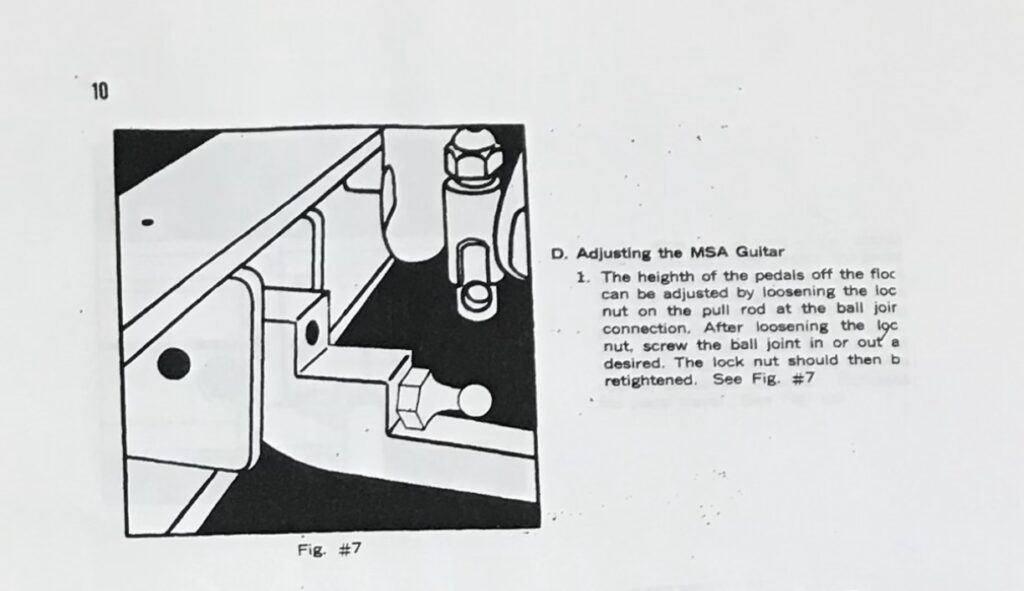
So there’s a couple of tips to make your vintage MSA pedal steel guitar play easier. Experiment with some changes and let me know how it goes.


